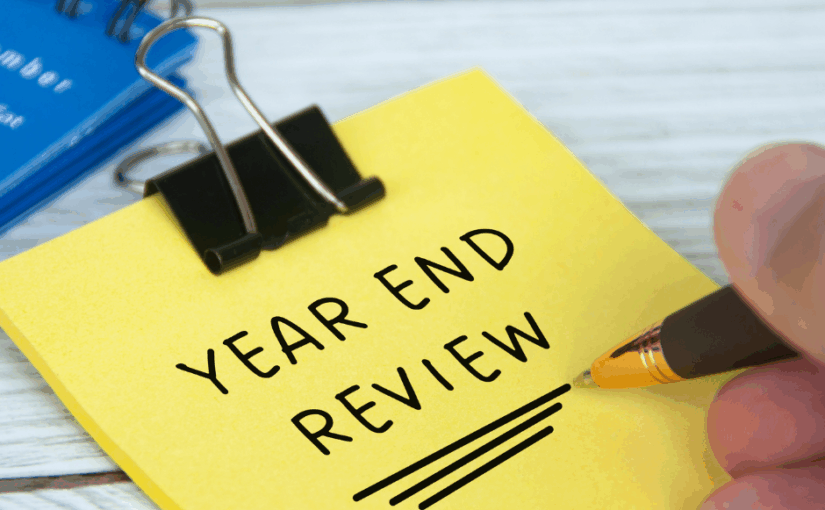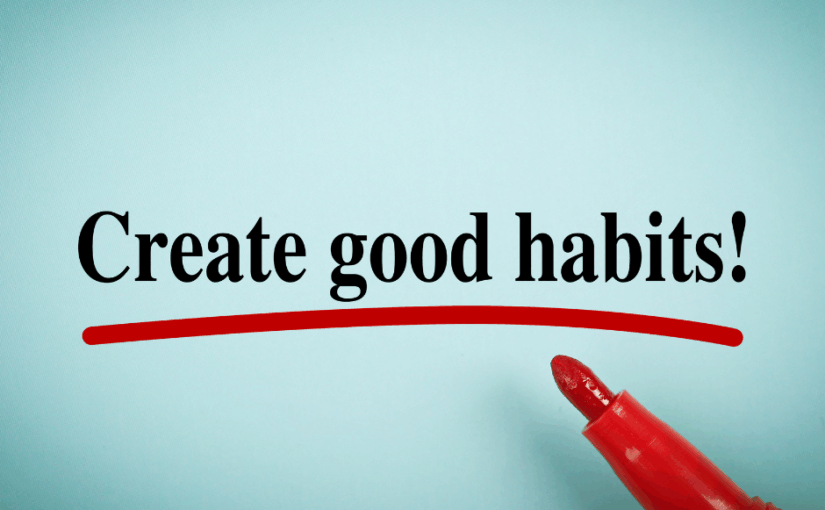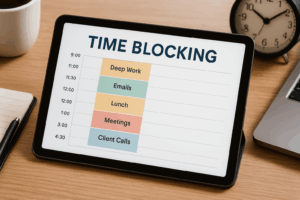As the year winds down, many of us feel the pull to look back—not just on what we accomplished, but on how we grew, where we struggled, and what lessons we want to carry forward. Whether you’re running a business, managing a team, working as a freelancer, or simply managing a busy personal life, a thoughtful year-end review can bring clarity and direction. Digital tools like iStratus make it easier to organize your reflections, track your progress, and set intentional goals for the year ahead.
Why Reviewing Your Year Matters
It’s easy to jump into planning for a new year without taking stock of what just happened, but reflection is a powerful tool for growth.
Celebrate Wins and Acknowledge Challenges
Looking back gives you the chance to see where you succeeded, where you overcame challenges, and where you grew—even in unexpected ways. It’s a moment to appreciate progress and take pride in what you’ve accomplished.
Learn from Patterns
Reviewing your year helps you spot patterns, both good and bad. Did certain habits, projects, or partnerships consistently lead to success? Did other approaches drain your time and energy without delivering results? Recognizing these trends sets you up to work smarter going forward.
Using iStratus to Organize Your Year-End Review
iStratus offers features that make the review process structured, clear, and actionable.
Review Completed Tasks and Projects
Start by looking at your task lists and completed projects within iStratus. Sort tasks by category—professional, personal, health, finances—and see what you accomplished in each area. Note major milestones, unexpected wins, and projects that were especially meaningful or profitable.
Reflect on Goals and Progress
If you tracked goals or key results in iStratus throughout the year, review those entries now. What goals did you hit or exceed? Where did you fall short, and why? Use your notes and task records to gain a realistic picture of what worked and where adjustments are needed.
Store and Organize Personal Reflections
Use the secure notes or document storage features in iStratus to write out your reflections. Consider journaling about how you felt throughout the year, what personal challenges or breakthroughs you experienced, and what you’re grateful for. These personal insights are just as valuable as business metrics when shaping your next chapter.
Looking at Professional Metrics
Beyond tasks and goals, reviewing professional performance includes numbers and outcomes.
Compile Key Performance Data
If you track sales, marketing performance, client growth, or other metrics, store and organize these in iStratus for easy year-end review. You can upload spreadsheets, save reports, or log summary notes to capture the bigger picture.
Evaluate Client or Project Lists
Look at the clients or projects you worked with this year. Which ones were most rewarding or profitable? Which were most challenging? Use this information to shape next year’s focus, identifying where to invest more time and where to set new boundaries.
Reviewing Personal Growth
Professional success is just one part of a fulfilling year.
Track Personal Milestones
Review personal goals such as health improvements, learning achievements, hobbies developed, or family moments. Store photos, notes, or key documents in iStratus to remind yourself of progress and memories that mattered.
Identify What Brought Joy and Meaning
Use your reflections to explore what activities, relationships, or routines added the most value to your life. Identifying these areas helps you plan a new year that feels purposeful and aligned.
Moving Forward with Clear Intentions
Reviewing your year isn’t just about looking back—it’s about informing what comes next.
Set Refined Goals
Based on what you’ve learned, use iStratus to set clear, meaningful goals for the year ahead. Break them into smaller tasks and timelines, and use tagging or priority levels to stay focused.
Carry Forward Key Documents and Plans
Upload strategic plans, personal vision statements, or goal lists into iStratus so they’re easy to access throughout the year. This ensures your insights and intentions remain top of mind instead of getting buried or forgotten.
Bringing It All Together: Ending the Year Strong
A year-end review is one of the most valuable gifts you can give yourself, both professionally and personally. With iStratus, you have a digital system that not only helps you track your tasks and documents but also gives you the tools to reflect, learn, and set thoughtful goals for the future. By organizing your review digitally, you create a living record of growth that can guide you into the next year with clarity, purpose, and confidence.








